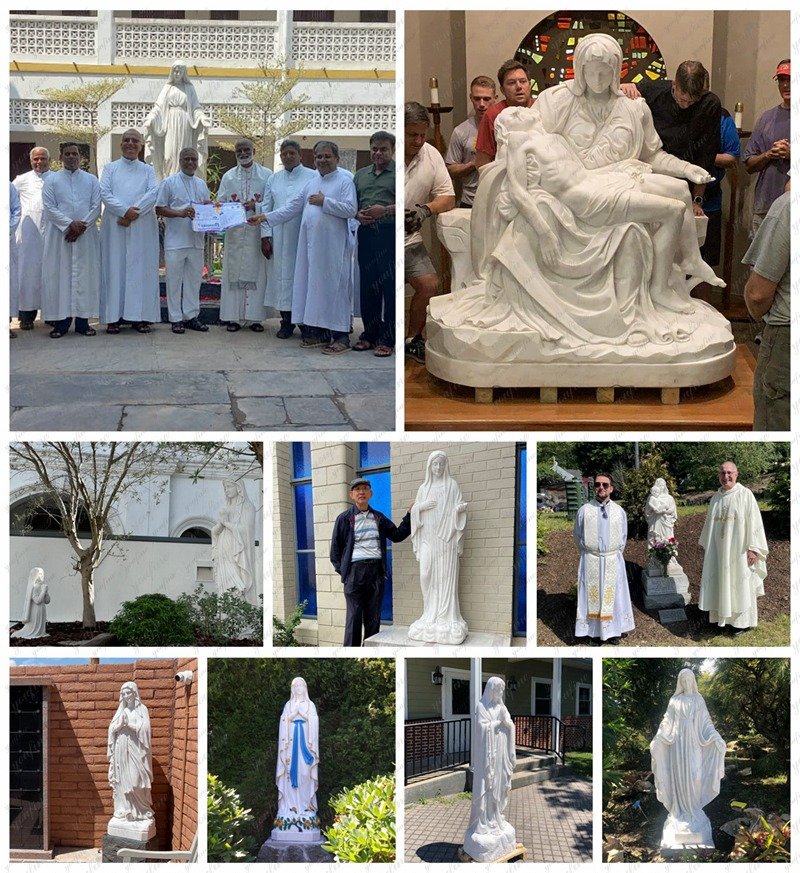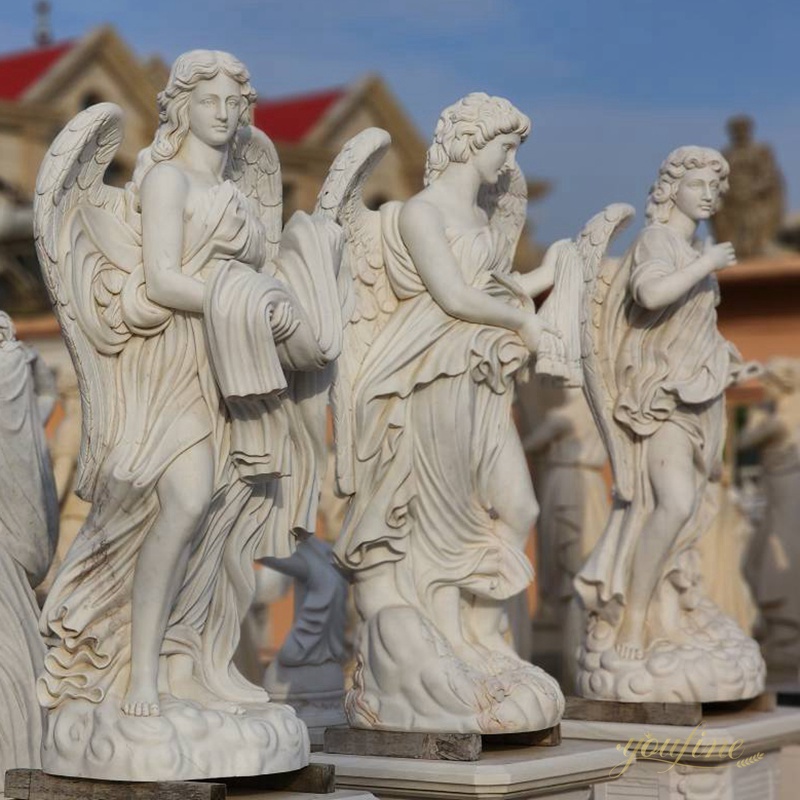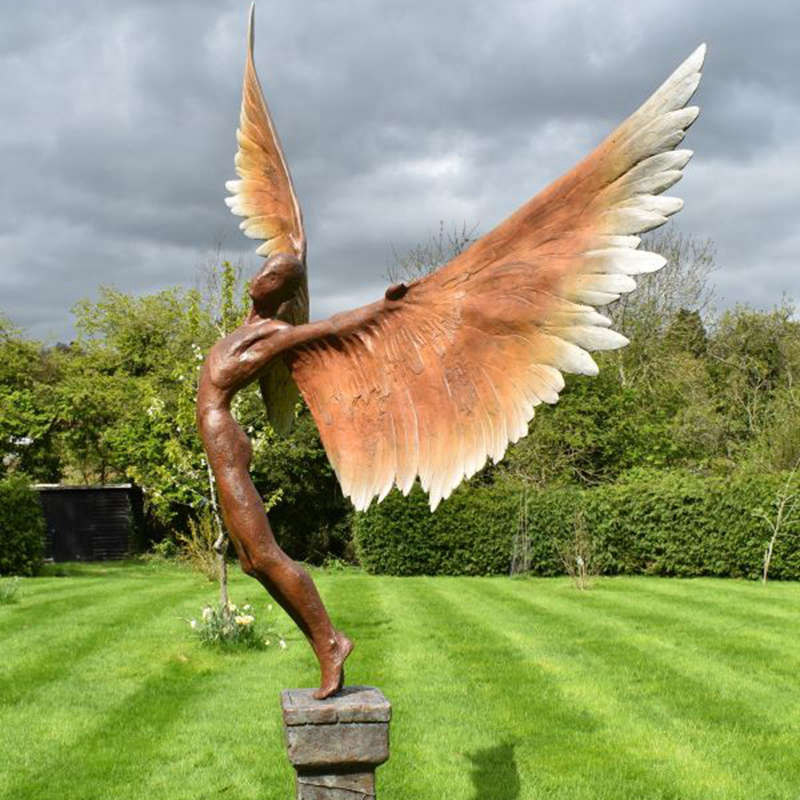The Virgin Mary holds a very important place in the hearts of all believers. We naturally turn to her because we think of her as our mother and our protector. So statues of the Virgin Mary are also very common. Also, different Virgin Mary statues have different names.
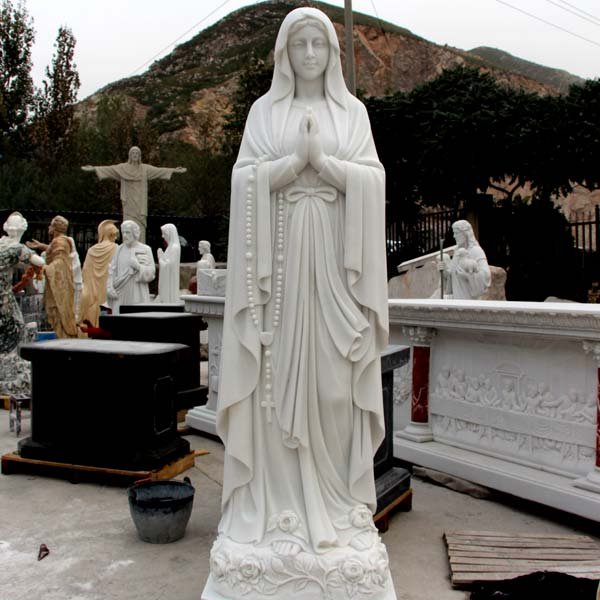
Where Did the Name of Our Lady Come From?
Devotees often give her new names, for example, in connection with events in life: natural phenomena, disease or health, the natural world, the animal world, geographic locations, or shrine locations. So according to different events, we can also see many different Mary statues. They are all Marias, but they each have their own characteristics.
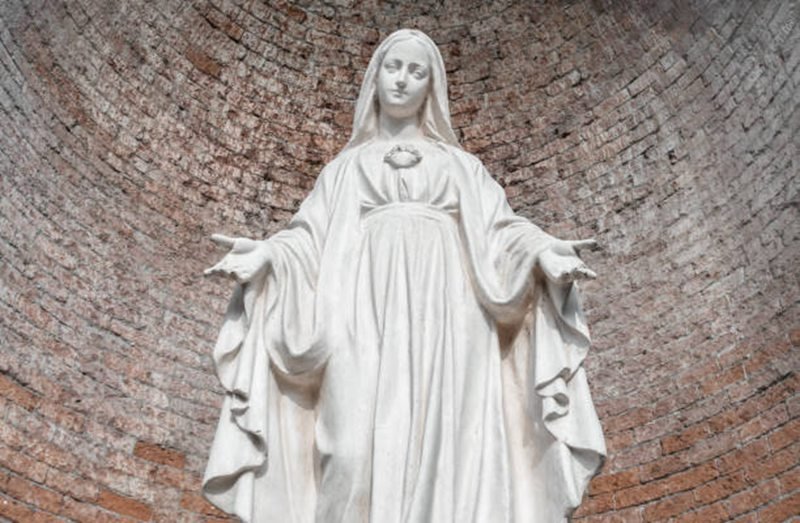
Here are some different statues of Mother Mary that are popular with Catholics:
Our Lady of Miracles statue:
The history of the Wonderful Virgin stems from her Marian apparition in the chapel of Rue du Bac in Paris, which has become a very popular place of pilgrimage. The Virgin of Miracles first appeared on July 18, 1830, when she confided to Catherine Labouré that God would give her a mission. On November 27, 1830, the Mother of God told Catherine to “carve a medal on this model” during her second appearance. She assured her: “Those who wear it with confidence will receive great grace.
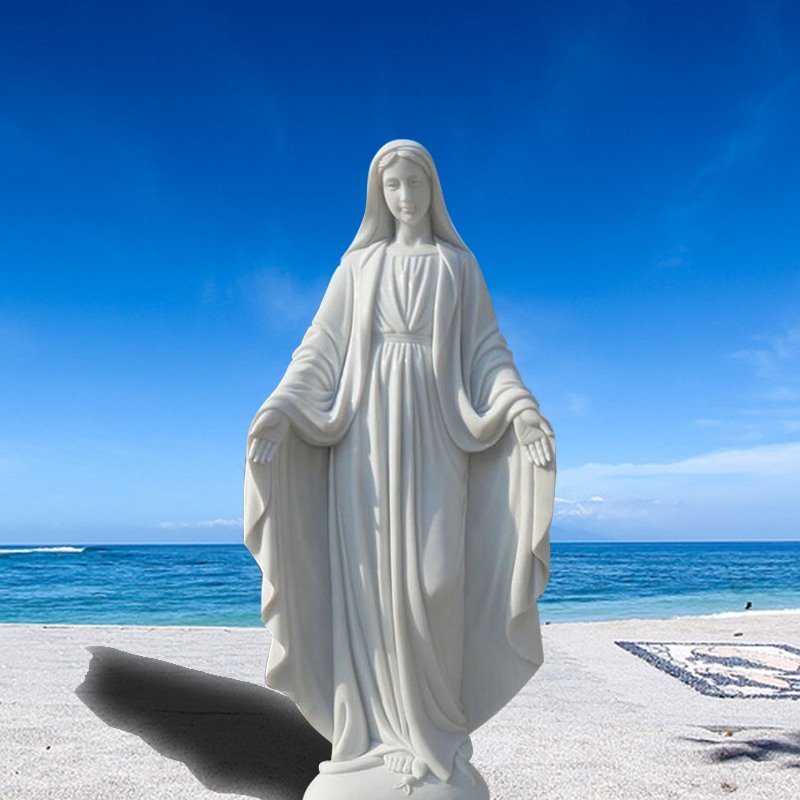
Our Lady of Lourdes Statue:
Our Lady of Lourdes is the name Catholics call the Virgin Mary after she appeared to Bernadette Soubirous in 1858 in the Marsabil Grotto in Lourdes. The Virgin Mary appeared in Lourdes a total of 18 times between February 1858 and July 1858. Several churches and sanctuaries in the world are dedicated to her, especially the one in Lourdes.
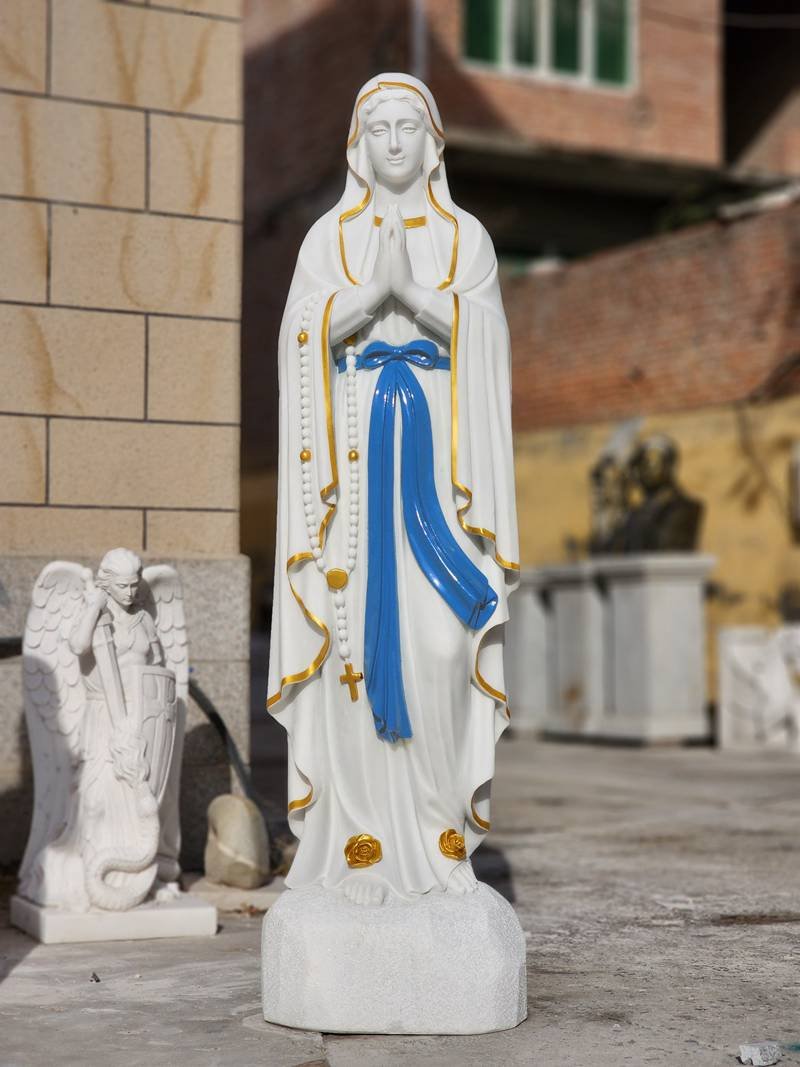
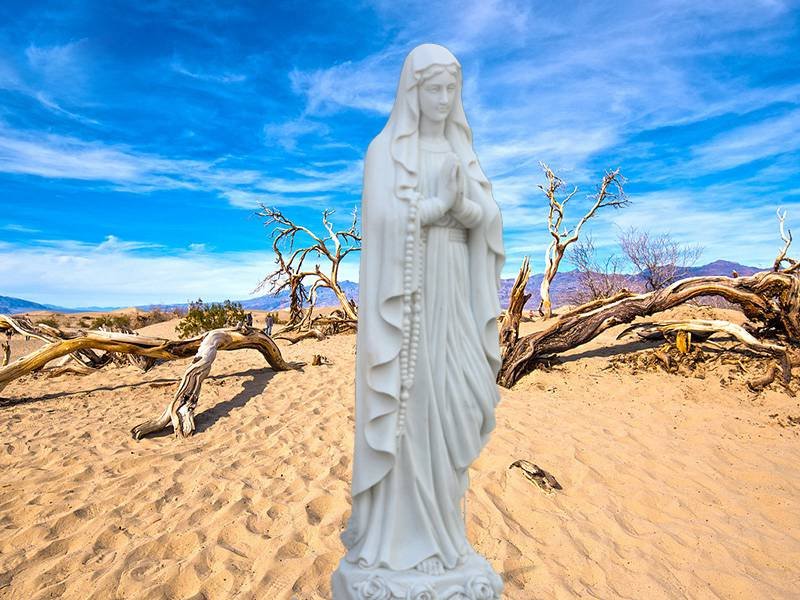
Our Lady of Fatima Statue:
The Virgin Mary first appeared to three young shepherds in Fatima, Portugal on May 13, 1917. She had a total of six apparitions in 1917. During the year, three children received a message from Our Lady. Since then, Fatima has become one of the largest centers of pilgrimage in the world.
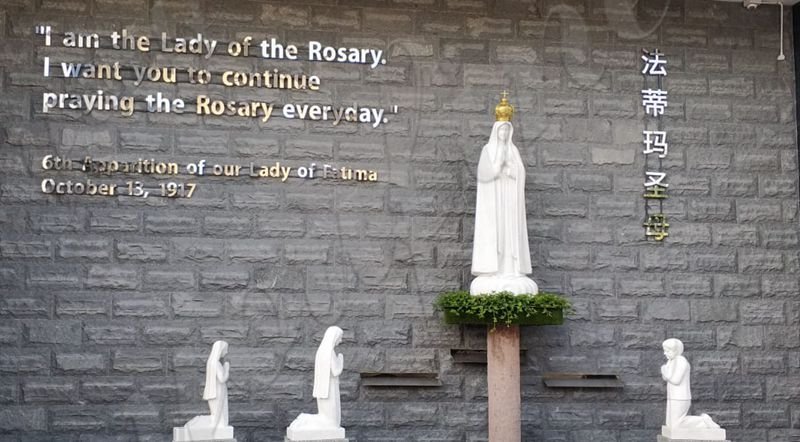
Our Lady of Guadalupe Statue:
Our Lady of Guadalupe is a title given to the Virgin Mary by the Roman Catholic Church. The Virgin Mary is mentioned in the portrait of the Virgin Mary in Mexico. She stands on the crescent moon, supported by a winged angel. She wears Mary’s traditional colors, including a bright blue cape over her skirt. Her rose-colored dress was decorated with embroidered roses. Gold stars adorn her cape, and ornate mandalas surround her.
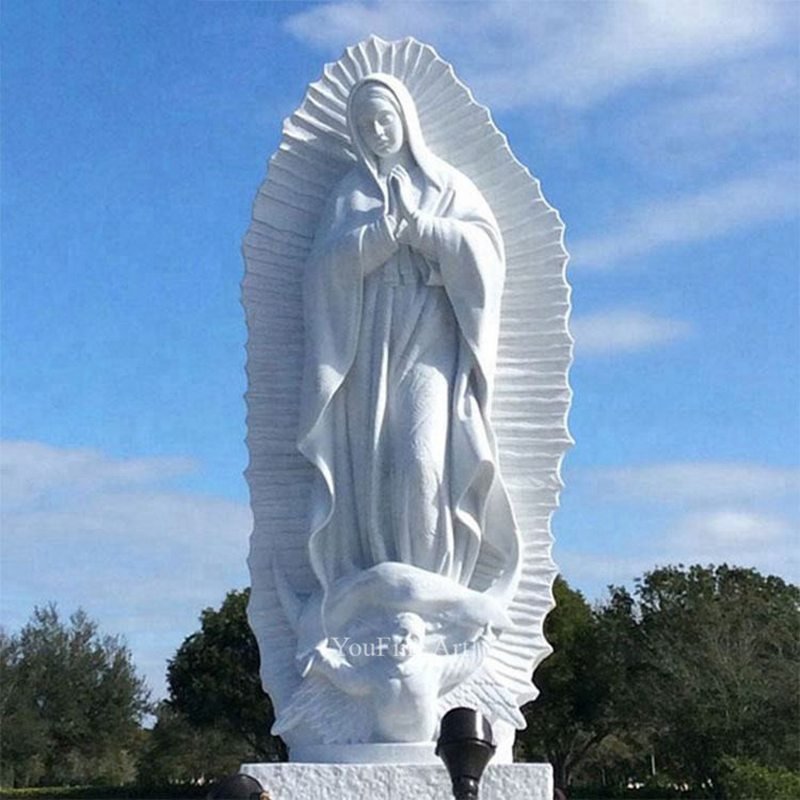
Our Lady of Perpetual Statue:
Our Lady of Perpetual is widely revered by Filipino Catholics and the overseas Filipino community. A German copy of the icon is enshrined in the National Shrine of the Mother of Permanent Help in Baclaran, Paranaque, Metro Manila. Pope John Paul II, who held Mass at the Holy Land as a cardinal, later prayed before the icon during his first visit to the country in February 1981. In addition, our permanent help to Mrs. is designated as the State Patron of Haiti. According to Roman Catholic Bishop Guy Sansaricq, former Haitian President Eri Lescott and his cabinet have asked the Holy See to appoint our nation’s permanent mother as minister of state. Haitians were called Haitians in 1942.
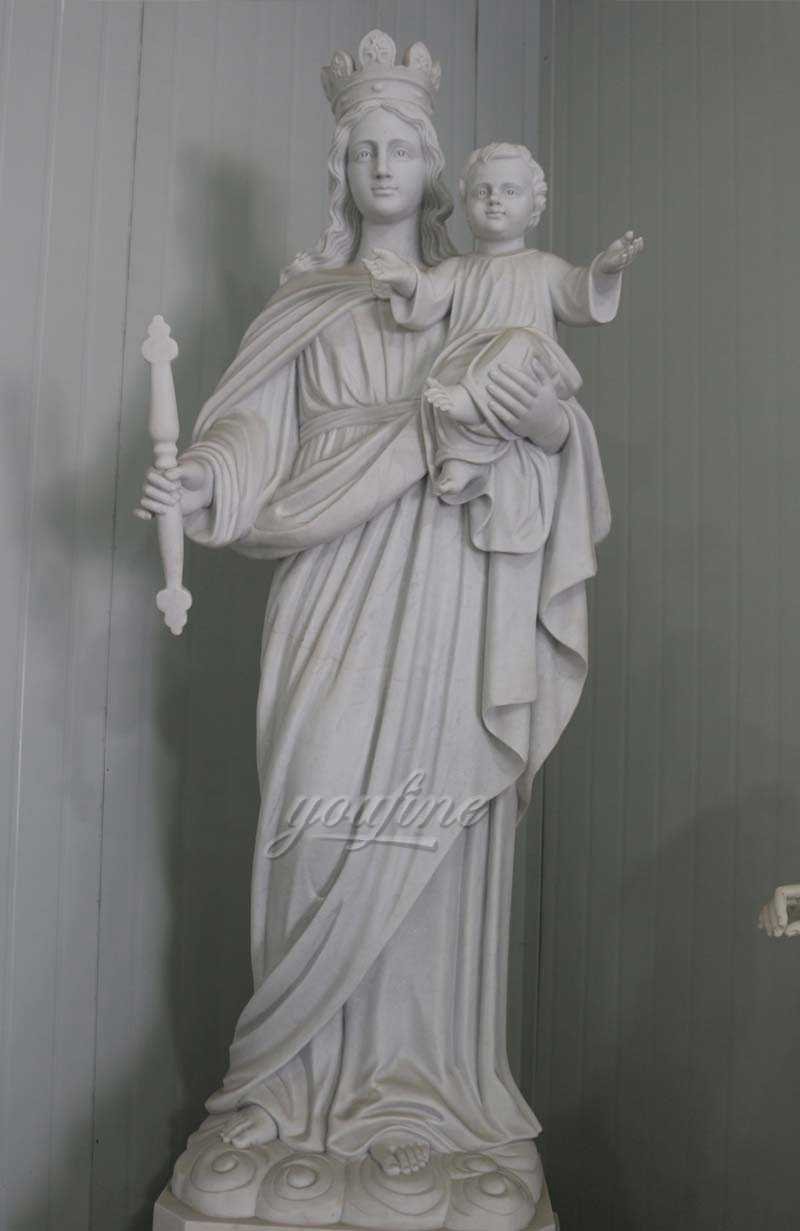
Assumption of Mary Statue:
The Assumption of Mary celebrates the moment when Mary was taken body and soul into Heaven at the end of her earthly life. This powerful event is honored every year on August 15 in the Catholic Church. It reflects the deep respect for Mary’s purity and divine role as the Mother of Jesus. Artists often portray her rising gracefully into the clouds, surrounded by angels — a symbol of hope and eternal life.


Our Lady of Knock Statue:
In the quiet village of Knock, Ireland, something extraordinary happened in 1879. Fifteen villagers witnessed a silent apparition of the Virgin Mary, accompanied by Saint Joseph and Saint John the Evangelist. This peaceful vision appeared at the gable wall of the local church, and it has since drawn millions of pilgrims seeking healing and comfort. Our Lady of Knock statue is a symbol of quiet strength, prayer, and faith amid hardship.
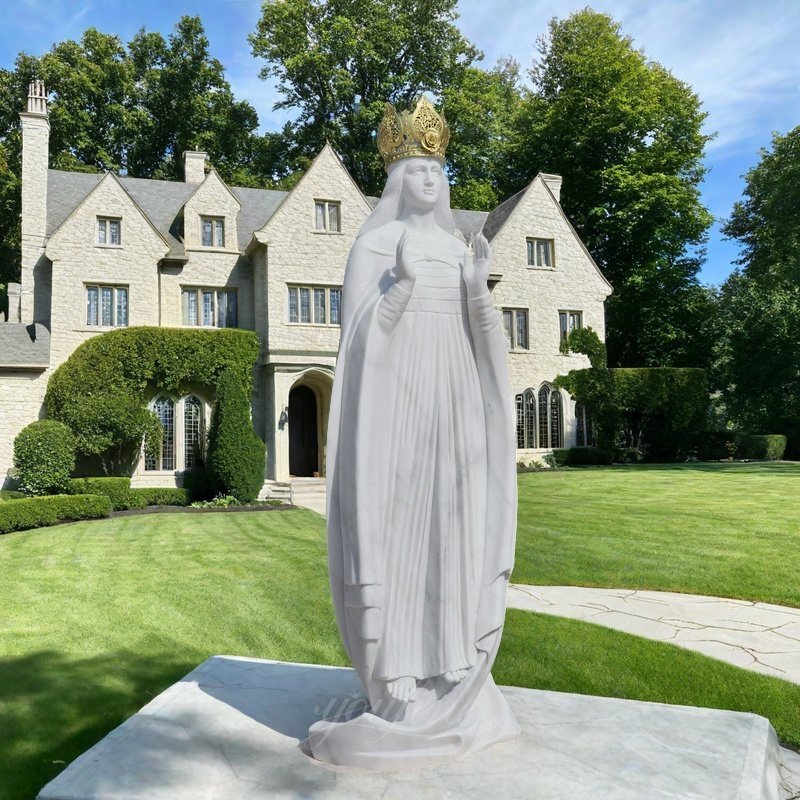

Our Lady of Mount Carmel Statue:
Our Lady of Mount Carmel is a beloved title for Mary, known as the patroness of the Carmelite religious order. She is often shown wearing brown robes and holding the Scapular of Mount Carmel, a devotional symbol of protection and grace. Devotees believe that those who wear the scapular with faith will receive Mary’s special care, especially at the hour of death. Her feast day is celebrated on July 16, honoring her as a spiritual mother who leads souls closer to Christ.



Pietà Statue:
One of the most moving images of Mary in Christian art is the Pietà, which shows her cradling the lifeless body of Jesus after the crucifixion. The most famous Pietà is Michelangelo’s stunning marble sculpture in St. Peter’s Basilica in Vatican City. With incredible detail and emotion, it captures Mary’s sorrow, strength, and quiet dignity. This masterpiece is a reminder of her deep connection to the suffering of Christ — and to the sorrows of all humanity.
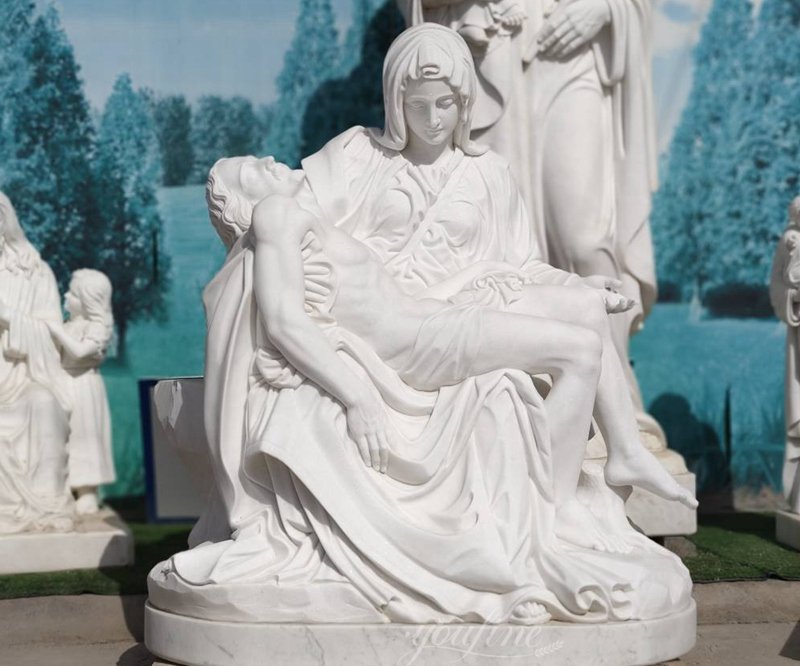
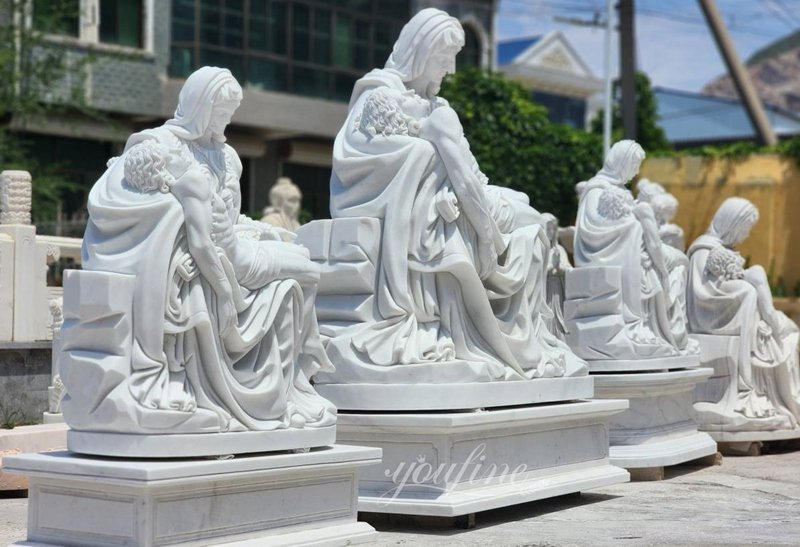
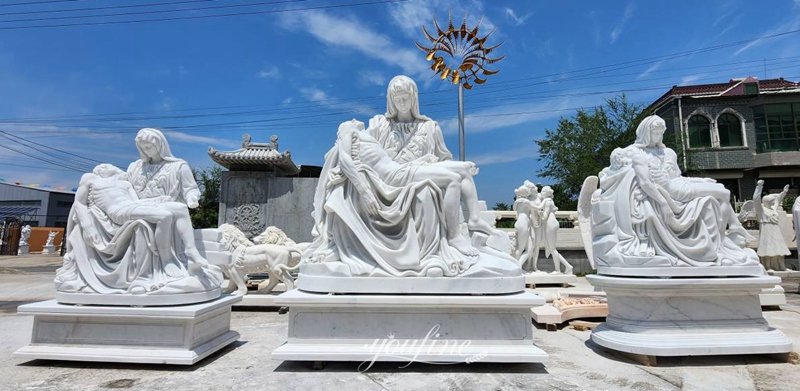
Madonna of Bruges Statue:
Another iconic sculpture by Michelangelo, the Madonna of Bruges, shows Mary seated with the Christ child on her lap. Unlike traditional depictions of mother and child in a tender pose, this version shows Mary with a calm, distant gaze, as if contemplating the divine mission of her son. The statue is housed in the Church of Our Lady in Bruges, Belgium, and it’s the only Michelangelo work to leave Italy during his lifetime. It represents both maternal love and spiritual depth.
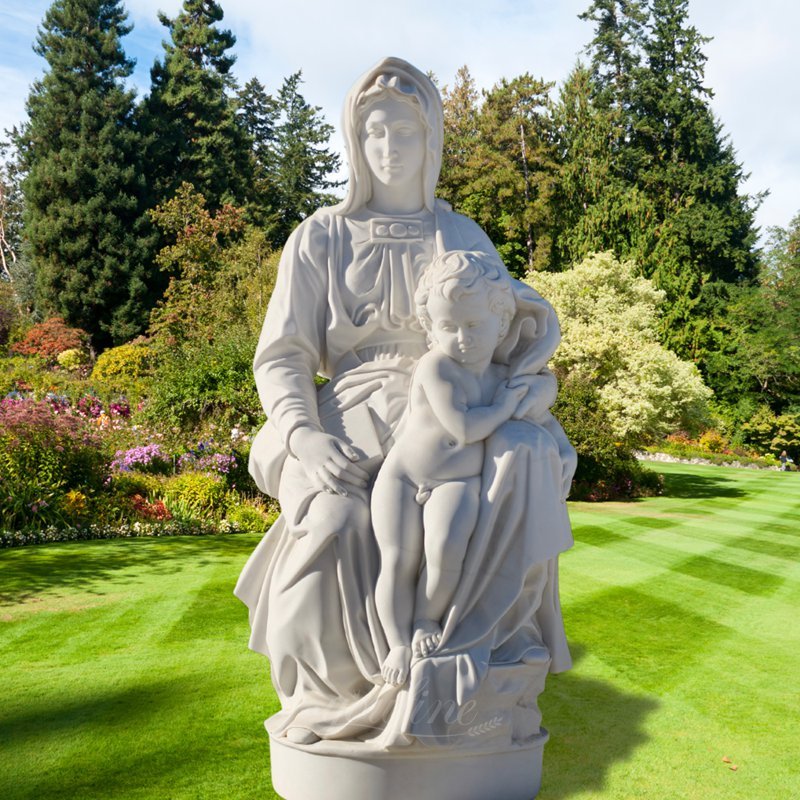

There are many more different Virgin Mary statues, and YouFine can make the most perfect and vivid. If you are interested in our marble Virgin Mary statue, please feel free to contact us.
